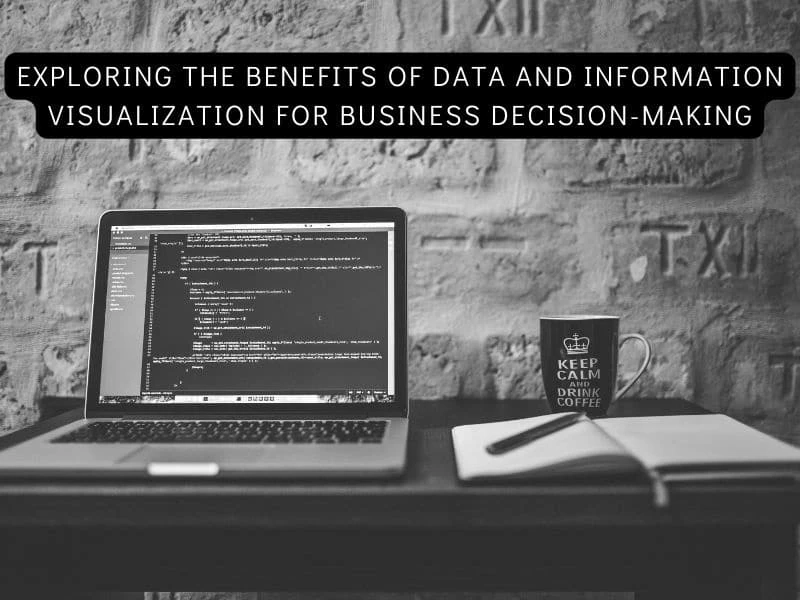Exploring the Benefits of Data and Information Visualization for Business Decision-Making
IntroductionIn today’s digital world, data, and information play a major role in helping businesses drive decisions about their operations, success, and future goals. ...



